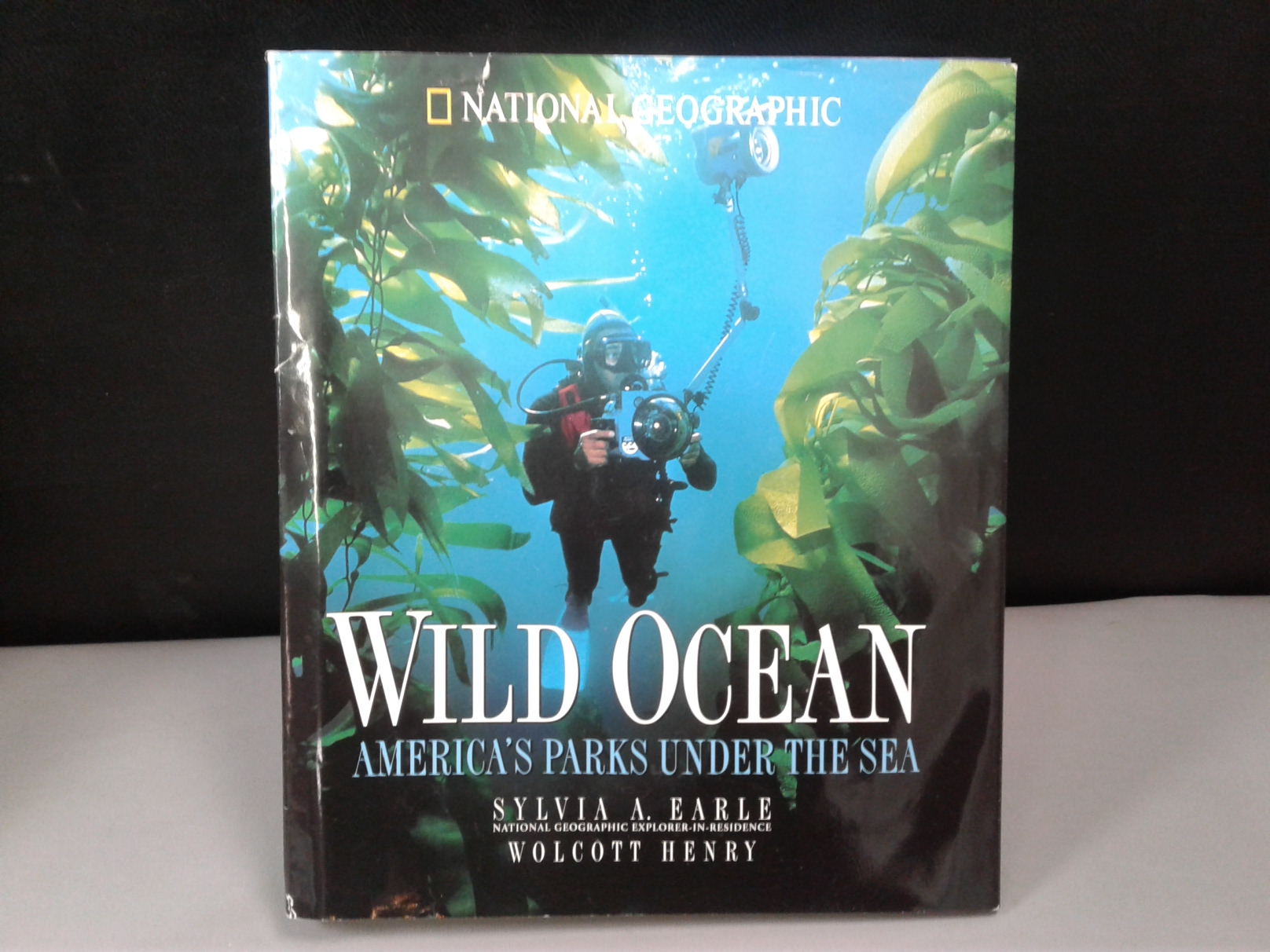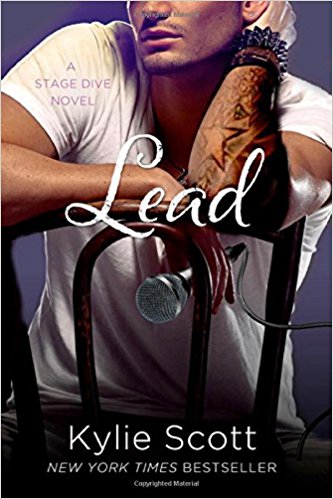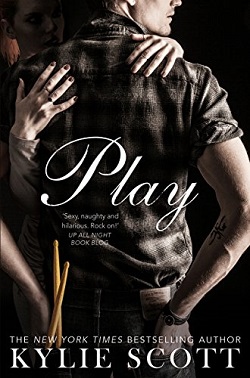

Here, Slash takes us on a tour of some of the standout guitars in The Collection: Slash (opens in new tab), recalling when each instrument came into his life and how it continues to be a part of his musical experience today. It made me feel like, God, I want to put ’em all in a room where everybody can just walk in and look at them! Now, in a way, they can.” And while you’re constantly aware of additional things that you keep adding to the stockpile, doing an exposé like this I realized that, while I play a lot of these guitars pretty regularly, some of them, they don’t get enough use. “And I’m a little bit of a pack rat, because I’ve never gotten rid of anything. “I have to admit that I buy a lot of guitars,” Slash says. In addition to chronicling dozens upon dozens of instruments from Slash’s substantial stash (including, in a very cool move by Gibson, many quintessential non-Gibson models) compiling The Collection: Slash (opens in new tab) afforded the musician the opportunity to become reacquainted with some of the lesser-used six-strings in his life. I have to admit that I buy a lot of guitars Slash It was an exciting prospect, and it just started from there.”

“And the way Gibson proposed putting it together, I just thought it was so cool. As for why the man himself wanted to do it? “I mean, what’s better than a book full of guitars?” Slash asks with a laugh. In any iteration, The Collection: Slash (opens in new tab) is a package unlike any seen before. The Collection: Slash (opens in new tab) (from left) Standard, Deluxe and Custom Editions. And that’s how our relationship started.” “But I called Gibson and they said, ‘Yeah, we’ll work something out.’ They sold me two Les Pauls at dealer cost. club band that had a record deal, just like all the rest of ’em,” Slash recalls. “At that point, Guns N’ Roses hadn’t quite crested that wave. So Slash retired the Les Paul copy from live work and went looking for the real thing. Not surprisingly, the axe, one of his only guitars at the time, quickly took a beating from intense onstage use.


As the band hit the road in support of the record, he took the Derrig with him. Guns N’ Roses had only recently released their debut effort, Appetite for Destruction (opens in new tab), an album on which Slash, in what is now rock-guitar lore, recorded most of his parts using a 1959 Les Paul copy built by luthier Kris Derrig. Back in 1988, that was how the man born Saul Hudson first came in contact with the Gibson guitar brand.


 0 kommentar(er)
0 kommentar(er)
